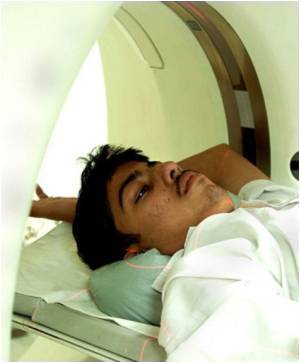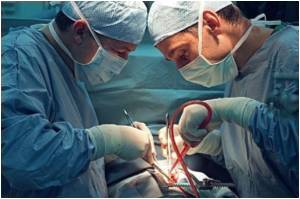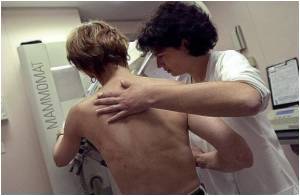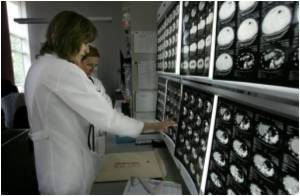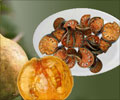A unique formulation of antioxidants taken orally before imaging with ionizing radiation minimizes cell damage, noted researchers at the Society of Interventional

"Pre-administering this formula before a medical imaging exam may be one of the most important tools to provide radioprotection and especially important for patients in the getting CT scans," said Murphy. The study's data support the theory about a protective effect during these kinds of exposure, he explained.
"There is currently a great deal of controversy in determining the cancer risks associated with medical imaging exams. Although imaging techniques, such as CT scans and mammograms, provide crucial and often life-saving information to doctors and patients, they work by irradiating people with X-rays, and there is some evidence that these can, in the long run, cause cancer," explained Murphy. The interventional radiologist researchers responded to this patient need by exploring a way to protect individuals from these potentially harmful effects. This may be of importance to interventional and diagnostic radiologists and X-ray technologists who have occupational exposure also.
The small study showed that even though many antioxidants are poorly absorbed by the body, one particular mixture was effective in protecting against the specific type of injury caused by medical imaging exams. People are 70 percent water, and X-rays collide with water molecules to produce free radicals (groups of atoms with an unpaired number of electrons that are dangerous when they react with cellular components, causing damage and even cell death) that can go on to do damage by direct ionization of DNA and other cellular targets, noted Murphy. The research team evaluated whether a special combination of antioxidants have an ability to neutralize these free radicals before they can do damage.
"Our intent was to develop an effective proprietary formula of antioxidants to be taken orally prior to exposure that can protect a patient's DNA against free radical mediated radiation injury, and we have applied to patent this formulation and a specific dose strategy," said Murphy.
The experiments measured DNA damage as a surrogate marker for DNA injury. Blood was drawn from two study volunteers in duplicate, creating four individual tests per data point. DNA strand breaks are repaired by a big protein complex that binds to the site of the damage. The researchers labeled one of the proteins with a fluorescent tag. Then, under a powerful 3-D microscope, the DNA is examined for signs of repair. The more repair that is seen, the more DNA damage must have been done by the CT scan to initiate that repair. The experiments clearly showed a reduction of DNA repair in the treatment group, which means that there was less DNA injury as a result of pre-administering the antioxidant mixture, said Murphy.
Advertisement
Source-Eurekalert

